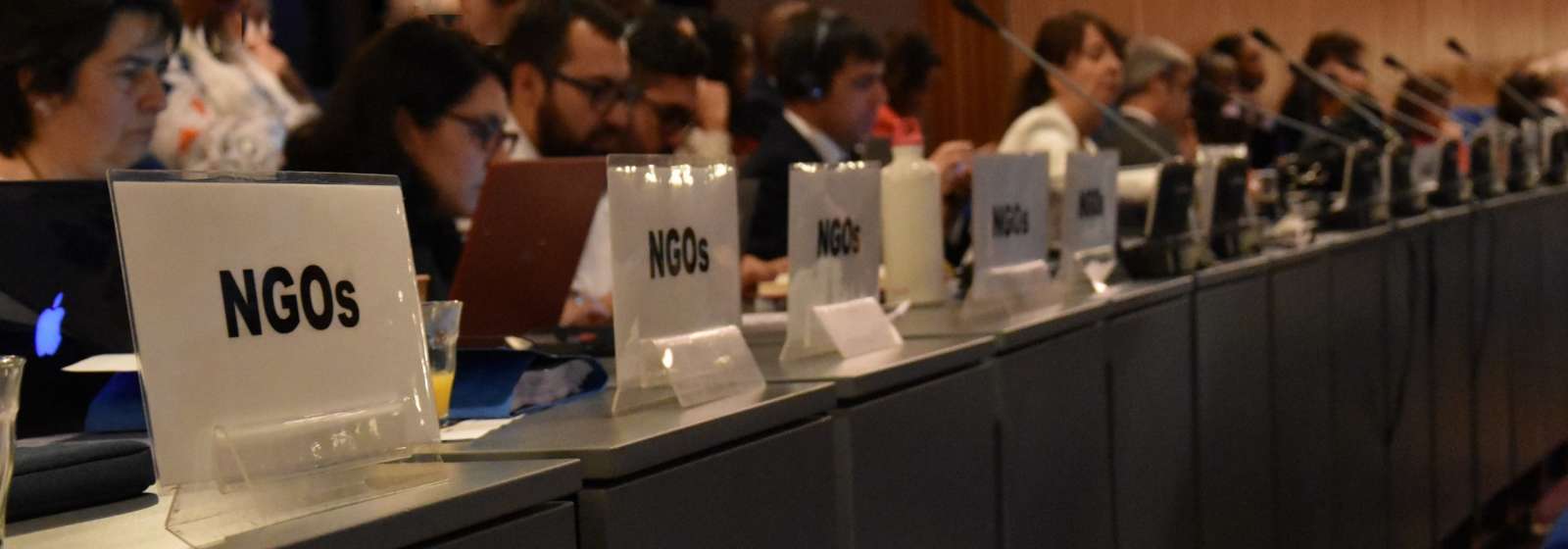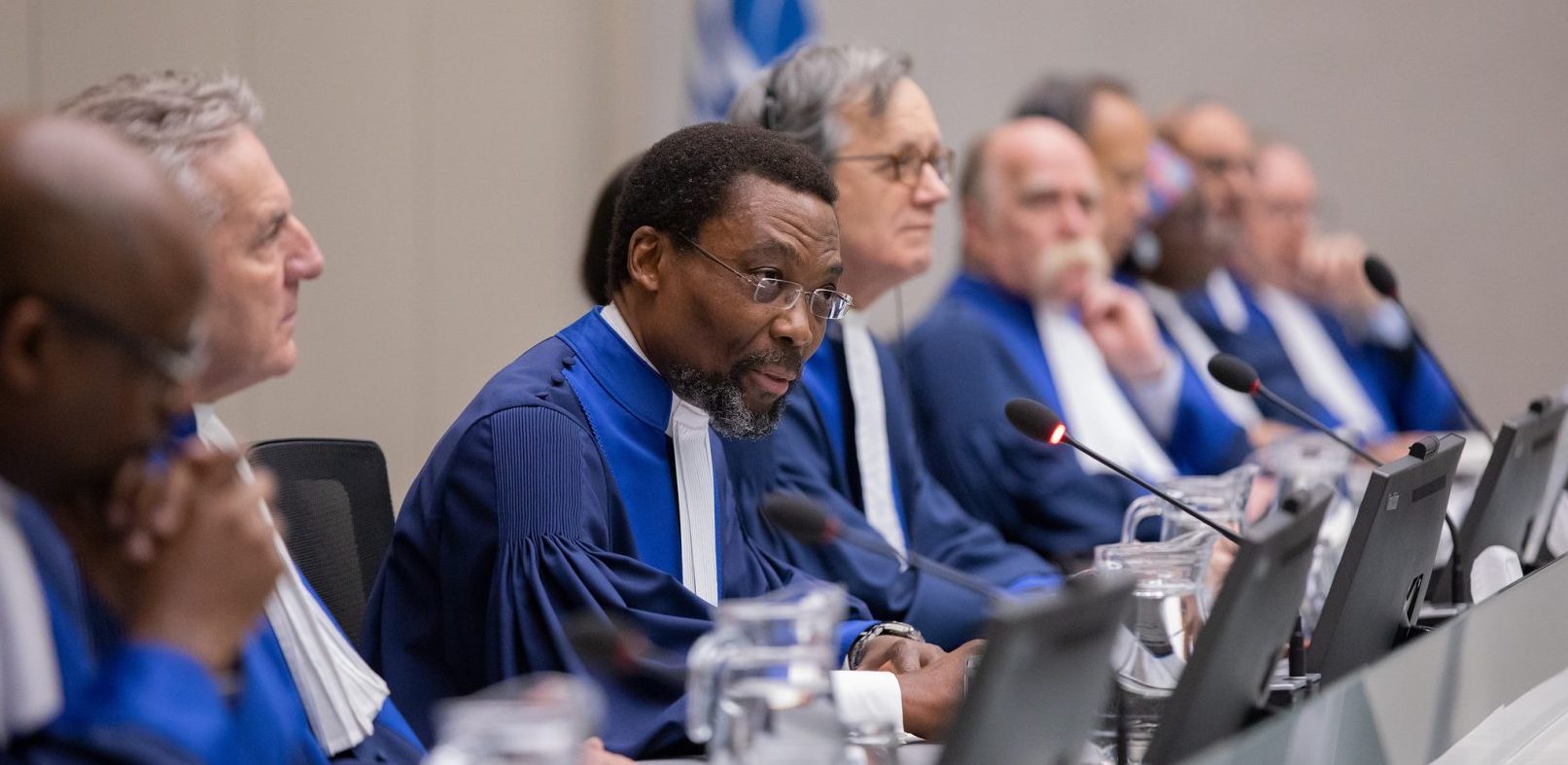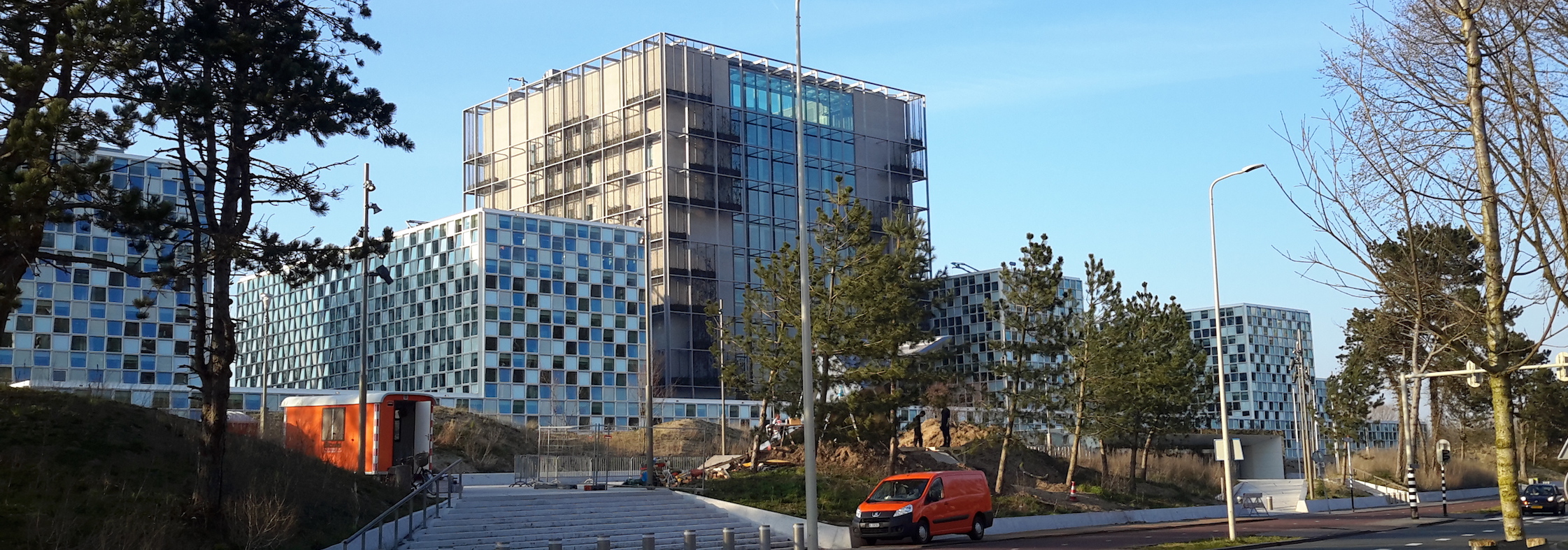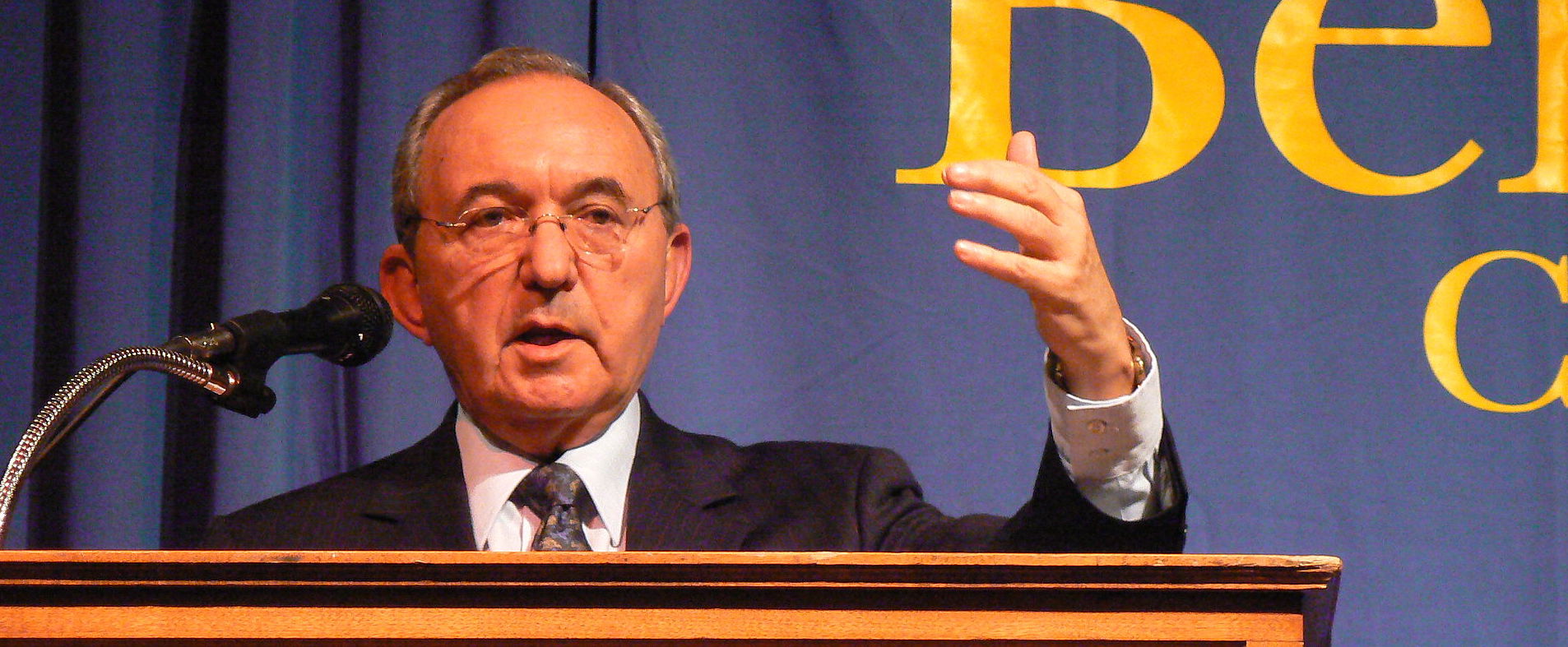The Central African Republic- Peace at Last?
The 2012 civil war saw the inhabitants of the Central African Republic (CAR) experience the worst atrocities. During the week of 2 February this year, the CAR government signed a peace accord with the 14 rebel groups that have been jostling for power and control in the mineral rich central African nation. This is the 8th peace agreement since 2012. Whilst it may not hold all the answers it cannot fail given the escalating humanitarian crisis.
CAR has a long history of instability deeply rooted in the colonial era, that began in the late 19th century. The dark time in history was characterised by the exploitation of the local inhabitants and their mineral rich land. Many a battle was fought in a bid to expel the French who left little by way of infrastructure when they eventually agreed to CAR’s “independence”.
CAR, then known as the French colony of Oubangui-Chari was considered part of a federation of French colonies, known as French Equatorial Africa. French Equatorial Africa included modern day Chad, Cameroon, Gabon, and the Republic of Congo.
By 1958, the area spanning modern day CAR enjoyed shades of self-governance in an Assembly led by Barthélemy Boganda, a catholic priest known for his fierce advocacy for African emancipation from colonial rule. It was that year, that the nation was dubbed – the Central African Republic. Boganda died in a mysterious plane crash a year later. In 1960, France agreed to allow CAR to be totally independent. Boganda’s relative, David Dacko became CAR’s first president but post-colonial interference by France continued.
Dacko was overthrown in a bloodless coup by his military commander Bokassa in 1966. Bokassa declared himself emperor and it became the Central African Empire. Bokassa was known for his lavish lifestyle including a crowning ceremony that reportedly cost todays’ equivalent of 80 million USD. However, French paratroopers assisted Dacko to regain power in 1979.This would not be the last time France would have a hand in politics in CAR.
Dacko was overthrown by Andre Kolingba in 1981 and he eventually decided to hold elections, a gamble that resulted in his loss to Ange-Félix Patassé.
Patassé’s time in office was tumultuous, including civil war, the withdrawal of French troops in 1997 and the introduction of a UN Peacekeeping force in 1998. The crisis saw François Bozizé take power from Patassé. Bozize was then elected president in 2005. Nevertheless, a predominantly muslim rebel militia, known as the Seleka grew in strength and it was only a matter of time before they took control.
On 24 March 2012, the Seleka marched to the capital Bangui, and their leader Djotodia declared himself the ruler of the country. During their 10-month rule the Seleka engaged in wanton acts of violence including rape, pillage and murder perpetrated against defenseless civilians.
This gave rise to a counter force known as the Anti-balaka, predominantly composed of Christians who make up the majority in CAR. They battled the Seleka with civilians joining the fray and killing their neighbours or anyone they deemed to be a threat. The Seleka eventually split into different factions. The conflict resulted in the deaths of 5000 people, between 2012 and 2014 and drew the attention of the International Criminal Court.
In 2014, a UN peacekeeping force, MINUSCA, was established and mandated to protect civilians, facilitate humanitarian assistance and encourage “the disarmament, demobilization, reintegration and repatriation processes.” They subsumed all previous peacekeeping missions.
Today, MINUSCA is stretched very thin. Having been to CAR myself, the weary exhausted faces of some of the UN troops is a sight I will not soon forget. As of January, there are 11, 165 UN contingent troops tasked with the protection of roughly 4.6 million people. The peacekeepers are not always warmly received by the locals. This is for a variety of reasons including damaging acts of sexual exploitation allegedly committed by peacekeepers.
Currently 2.9 million people are in desperate need of humanitarian aid. According to the UN, one in two people does not have access to safe drinking water and by January this year, more than 648,000 people were internally displaced with an additional 575,000 refugees registered in neighbouring countries.
CAR also has the highest number of attacks against aid workers. According to Foreign Policy more aid workers are targeted in CAR than in Iraq, Afghanistan, Somalia and Syria.
Fueling the conflict is the blessing-turned-curse of mineral wealth as rebel groups fight each other for access to mines, key transport routes and markets for the vast amounts of gold, diamonds, and copper to name but a few of the precious minerals in CAR. Writers, B.Koura and M.Eckel aptly described CAR as “less a country than a collection of fiefdoms, ruled by gang-like armed groups, where religious, military, political and ethnic factions struggle for anything that might yield revenue.”
The UN Secretary General called the February peace accord an “important milestone towards a durable political solution for the Central African Republic” hopefully it will truly lead to fundamental change as the people of CAR are in need of peace and stability.
**This article appeared in the Star Newspaper on 28 February 2019



